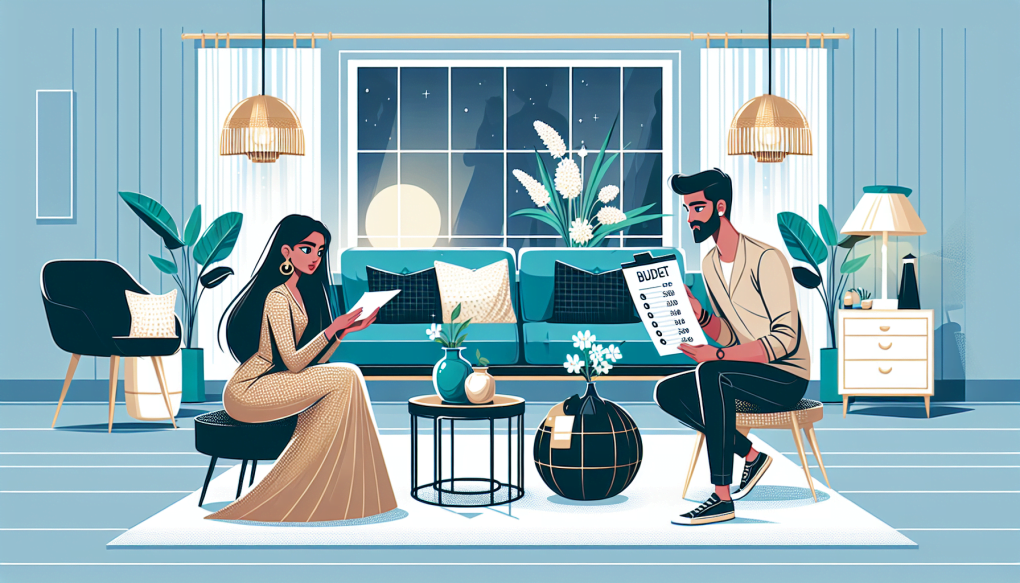Introduction: Embracing Minimalism in Design
Have you ever walked into a room or browsed a website where everything just felt right? Chances are, you’ve experienced the power of minimalist design. But can you achieve this serene simplicity without breaking the bank? Absolutely! Let’s dive into how you can master minimalist design on a budget.
Table of Contents
What is Minimalist Design?
Unpacking the Basics
At its core, minimalist design focuses on simplicity and functionality by stripping away unnecessary elements. It’s about using fewer components to create a clean and calming environment. In web design, this might mean a simple color palette, ample white space, and more focused content.
Why Choose Minimalism for Your Design?
The Benefits Are Clear
Minimalist design not only looks sleek but also improves user experience. Websites, rooms, or products designed with a minimalist approach are easier to navigate and less stressful for the audience. Plus, minimalism can be incredibly cost-effective!
Starting Out: Stylish Design on a Budget
Set Your Goals
Before you begin, ask yourself: What do I want to achieve with web design? Whether it’s a more attractive living space or a user-friendly website, having clear objectives helps guide your decisions and keeps costs in check.
Principles of Web Design
Keep It Simple
Remember, the key to minimalism is simplicity. Stick to a limited color scheme—two or three colors will often do. Choose one focal point per area and allow plenty of breathing room around items.
Function Over Form
Every element should serve a purpose. Avoid clutter at all costs. This doesn’t just apply to physical items; digital spaces should also be free from unnecessary features or content.
Applying Minimalist Principles to Website Design
Opt for a Clean Layout
When designing a minimalist website, keep your layout straightforward. Use clean lines and grids. Think about what’s absolutely essential and ditch anything that’s not.
Enhance User Experience
A minimalist website should be navigable and intuitive. Ensure links and buttons are clearly visible and pages load quickly—a must for keeping visitors happy and engaged!

Budget-Friendly Tips for Web Design
DIY Design Tools
Thankfully, with today’s technology, you don’t need a big budget to create a slick design. Free graphic design tools like Canva or Adobe Spark offer templates that adhere to minimalist principles and won’t cost you a dime.
Free Fonts and Color Palettes
Choose from hundreds of free fonts online that fit your minimalist aesthetic. Similarly, explore color palettes on sites like Colors or Adobe Color to find the perfect, simple scheme without spending money.
Mastering the Art of Decluttering
Physical and Digital Spaces
The heart of minimalism is decluttering. Start by removing non-essential items. This applies to both your home and website. Less is definitely more here!
Aesthetic Design on a Budget: Case Studies
Real-Life Success Stories
Learn from others who have successfully implemented amazing designs without a hefty price tag. These stories can provide both inspiration and practical tips.
Keeping Your Minimalist Design Fresh
Regular Reviews and Updates
Even minimalist designs require upkeep. Periodically review your space or site to ensure it remains clean and functional. Small tweaks can make a big difference.
Conclusion: Becoming a Minimalist Designer on a Budget
Mastering minimalist design doesn’t require a thick wallet, just a keen eye for detail and a clear vision. By focusing on simplicity and functionality, you can create stunning, effective designs that won’t drain your resources. Start small, use the right tools, and remember, in minimalism, every detail counts.
Your Minimalist Design FAQs
How can I tell if my design is truly minimalist?
Does it have a lot of empty space? Are there only essential elements present? If yes, then it’s likely minimalist.
Are there any hidden costs in minimalist design?
The main cost is time—particularly concerning planning and decluttering. Financially, it tends to be less expensive due to the reduced number of elements used.
Can minimalist design still be colorful?
Absolutely! A common misconception is that minimalist design must be black and white. You can use color, but do so sparingly and with purpose.
How do I maintain a minimalist design effectively?
Regularly evaluate your space or site. Remove clutter as it accumulates and make adjustments to keep the design fresh and functional.
Is minimalist design just a trend?
While trends come and go, minimalism has deep roots in art and architecture, making it more of a long-standing principle than a fleeting trend.

